Avoid offering damaged or unsafe household items on Nextdoor to protect your community and environment.
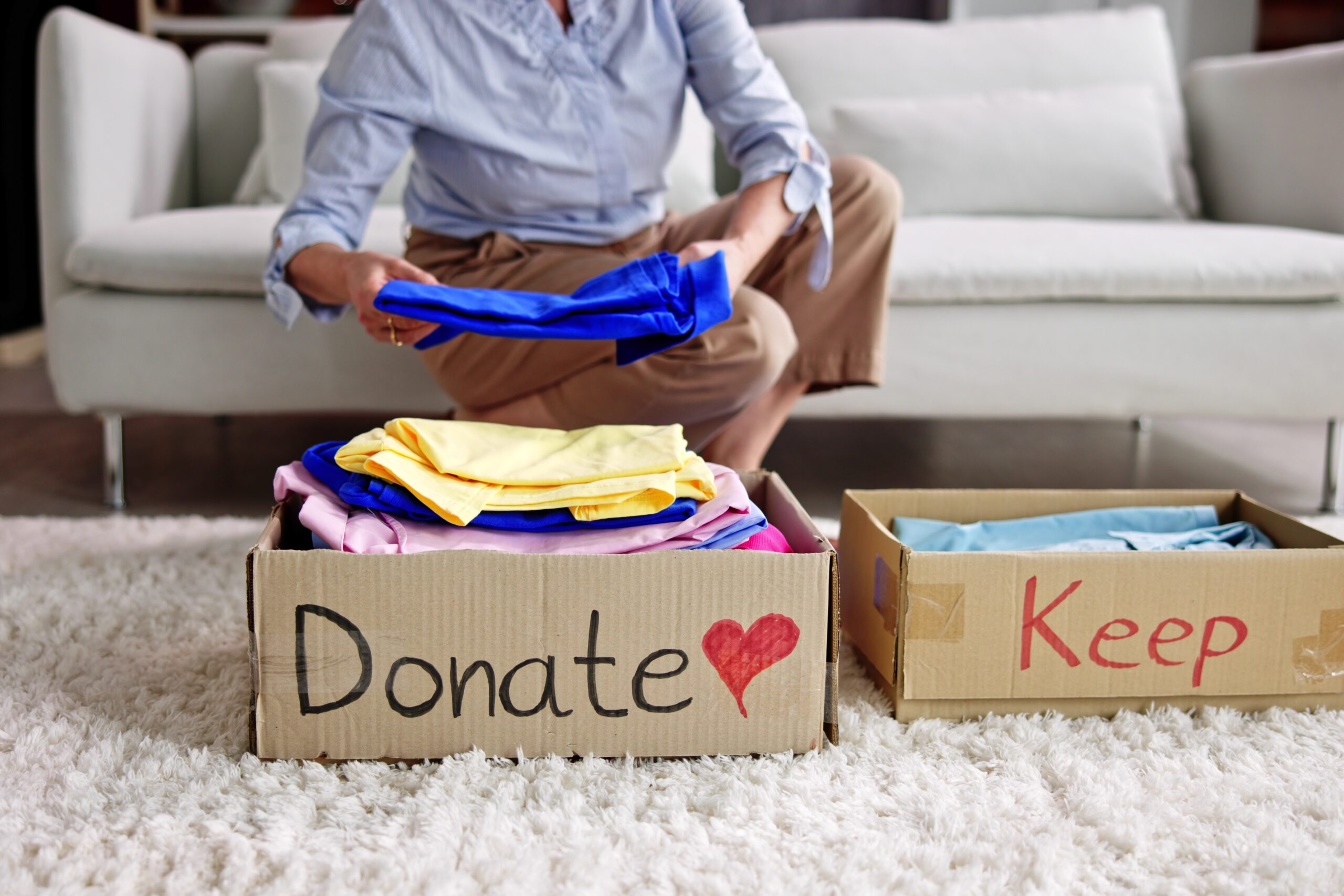
Nextdoor has become a popular platform for neighbors to buy, sell, and give away items, but not everything belongs on these community marketplaces. Certain household goods, especially those that are broken, expired, or potentially hazardous, can lead to inconvenience or safety risks. Understanding which items should be discarded rather than shared helps maintain a respectful and safe exchange among neighbors while promoting responsible waste disposal and environmental care.
1. Old electronics that no longer hold a charge or function properly.
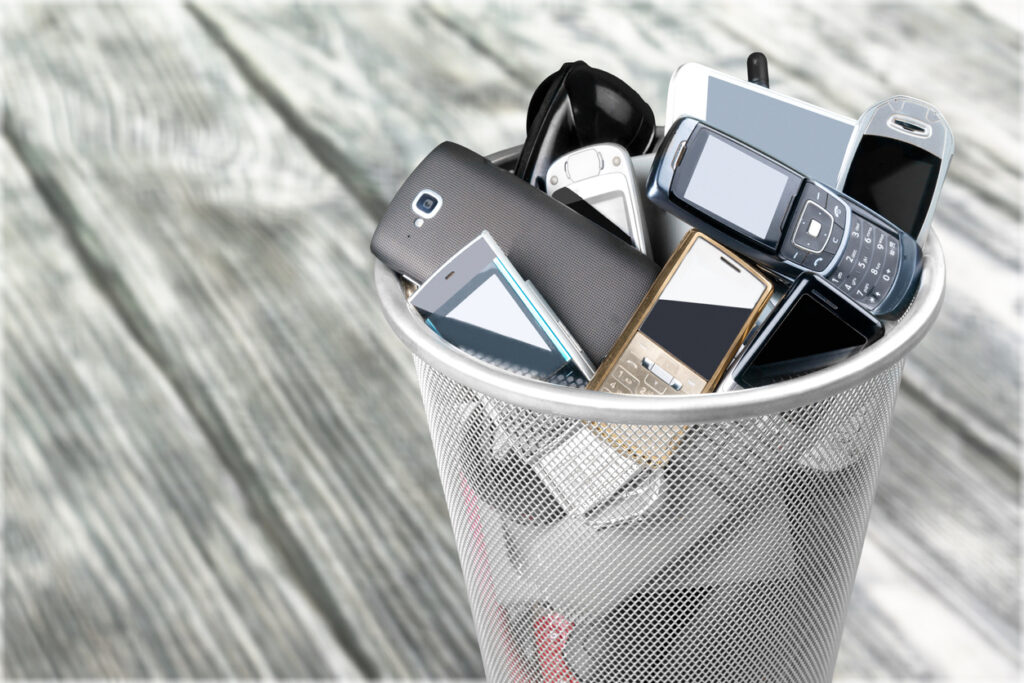
Old electronics often lack functionality or charge capacity, making them inefficient. Devices like defunct phones and laptops clutter drawers, gathering dust. Electronics nearing the end of their lifespan can contain hazardous materials that require specialized disposal, not suitable for community selling apps.
Improperly disposing electronics may lead them to landfills, contributing to environmental issues. A defunct tablet rests on a desk, seemingly harmless, yet its lithium battery poses risks. Investigating local e-waste programs provides a more responsible route, ensuring these items find their way to proper recycling facilities, as mentioned in Wayground.
2. Used mattresses that may harbor allergens and wear beyond repair.
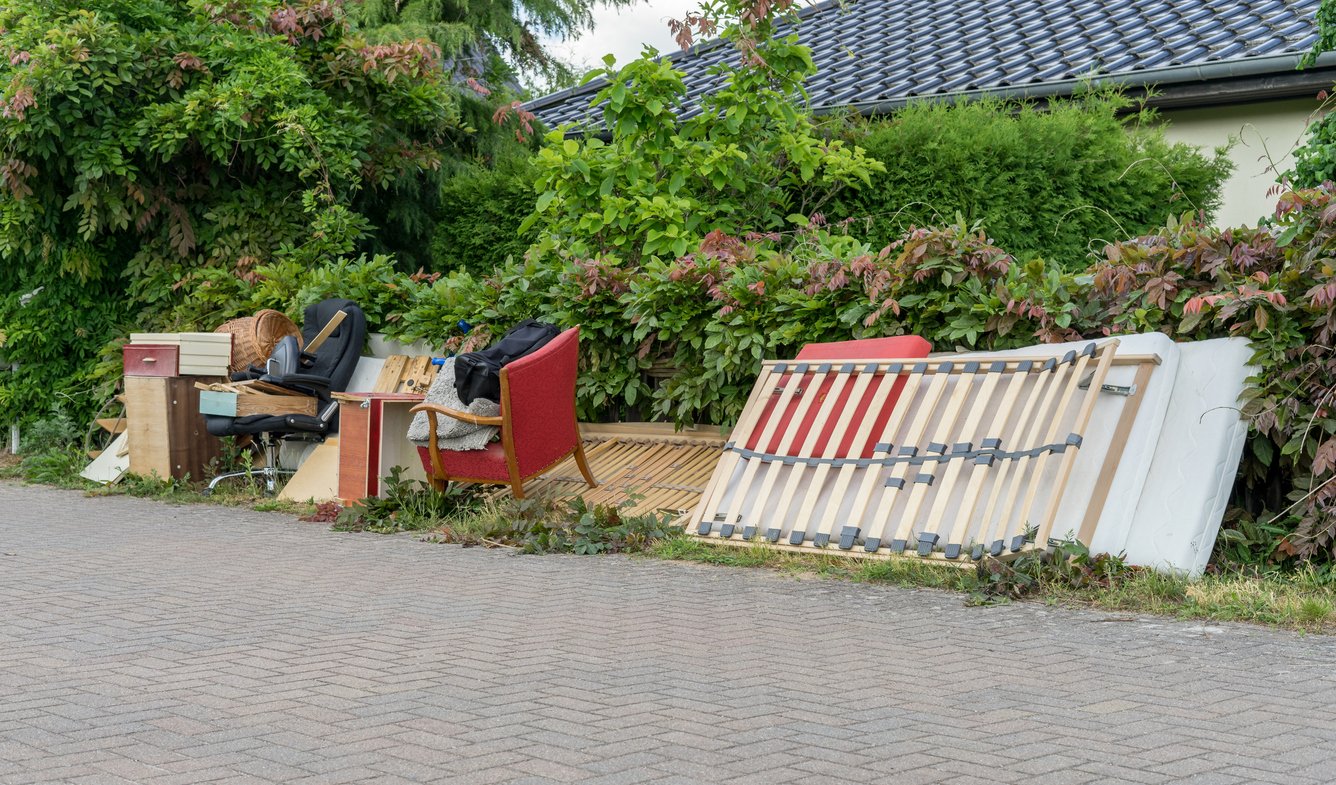
Used mattresses develop unseen issues over time, from allergens to weariness. Springs may creak while stains and allergens accumulate quietly. Offering them for resale or giveaway on platforms like Nextdoor could inadvertently share these hidden problems with unsuspecting neighbors.
Existing regulations often prohibit reselling such items due to health risks. At a local recycling center, mattresses are dismantled safely, with fabrics reused. Knowing your community’s stance on mattress sharing underscores the importance of proper disposal, often through dedicated recycling programs, according to Garage Living.
3. Expired or open food products that could attract pests quickly.

Expired or open food products present unexpected challenges to community exchanges. A leaking jar or expired box of cereal might seem minor, yet they attract pests with ease. Improper storage can intensify these risks, creating a nuisance rather than a gift.
Neighborhood selling sites like Nextdoor discourage such postings due to potential health hazards. A cupboard harboring these items becomes a reminder to check expiration dates regularly. Safe food disposal spares neighbors from spoilage anxiety and keeps local wildlife from unexpected feasts, as stated in HomeLight.
4. Clothing heavily stained or torn beyond simple mending efforts.
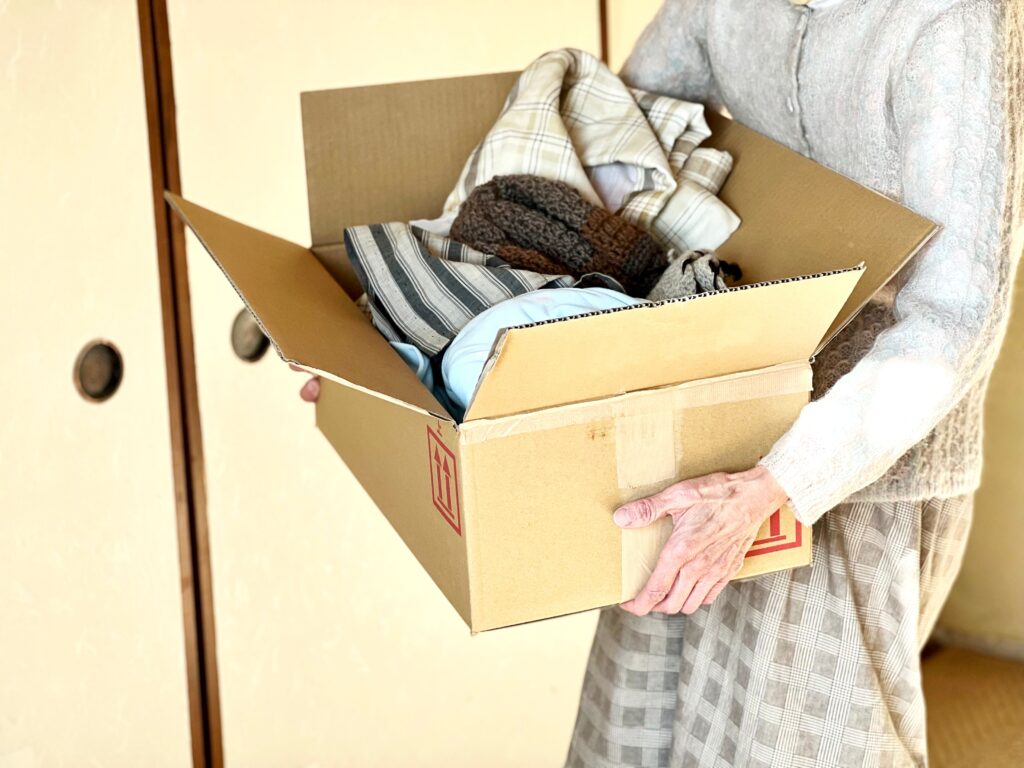
Clothing with stains or tears, despite past charms, loses appeal quickly. A beloved sweater marred by ink or a ripped sleeve fails to inspire joy. Presenting them as giveaways elicits disappointment, as wearers seek ready-to-wear pieces, not sewing projects.
Donating affected garments to textile recycling initiatives sidesteps this issue. On social media, images of pristine clothing instill unrealistic expectations. Understanding what can genuinely serve or enhance someone’s wardrobe promotes thoughtful sharing, aligning potential with practicality.
5. Outdated car seats that no longer meet current safety standards.
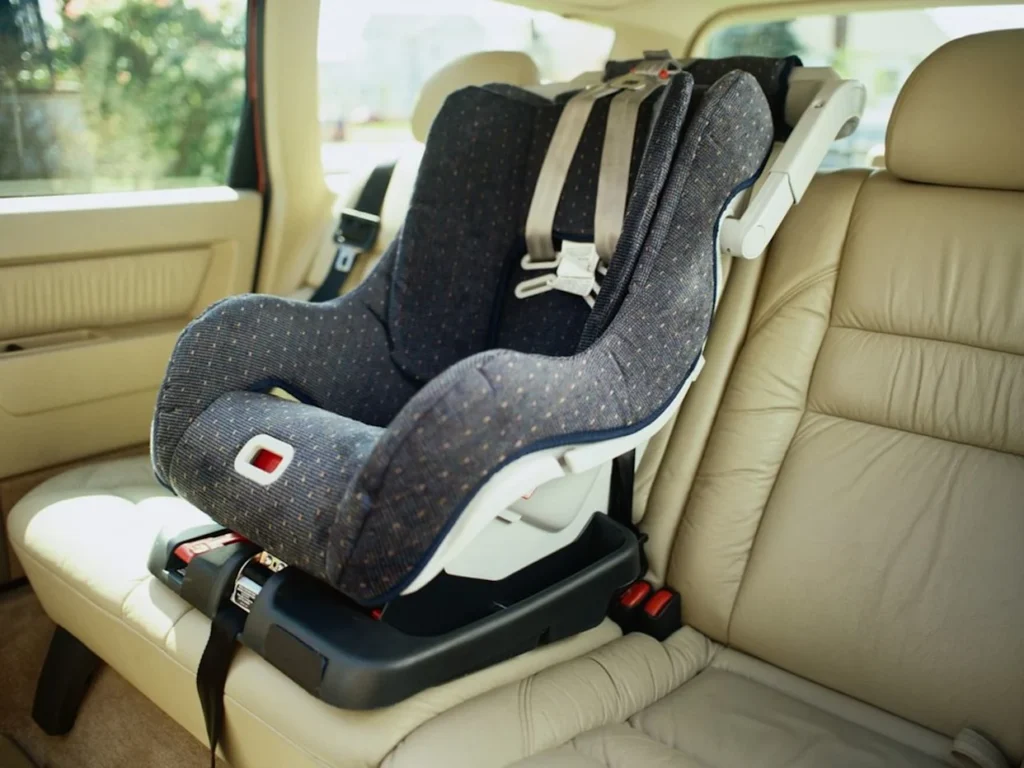
Car seats serve specific safety roles only up to a certain standard. As regulations update, older models no longer meet requirements, rendering them unsafe. A well-worn seat from the 90s, albeit cherished, lacks modern safeguards essential for young passengers.
Safety standards exist to protect vulnerable lives during transport. Municipal waste days might offer special provisions for such items. Avoid using second-hand options if uncertain about compliance, prioritizing safety over sentimentality in these important choices.
6. Unlabeled containers with unknown substances posing safety risks.
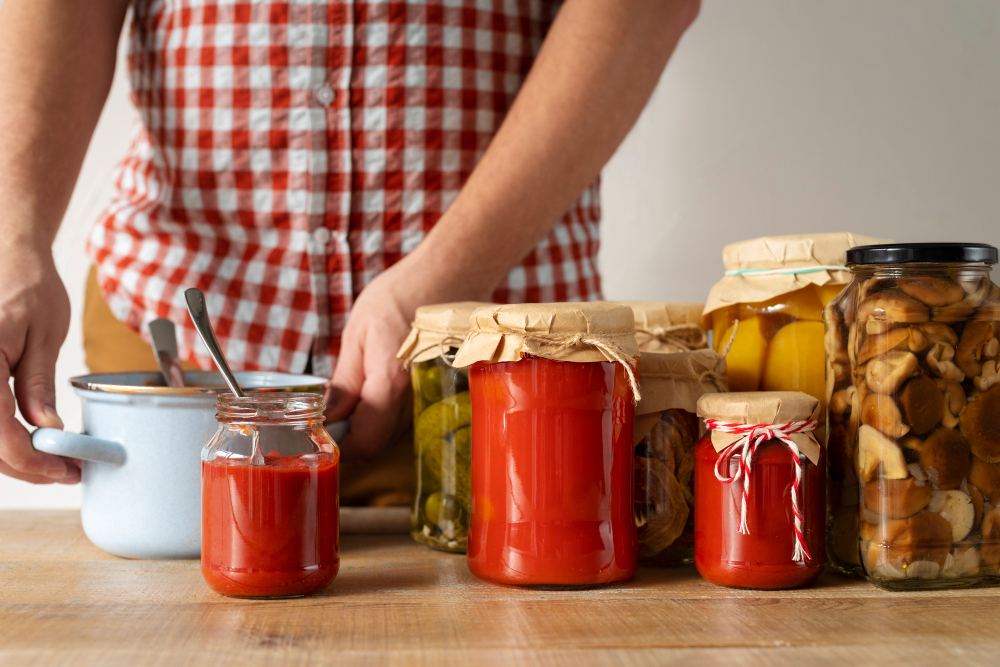
Unlabeled containers pose risks when substances remain mysterious. A jarful of unidentifiable liquid discourages curious exploration, yet could easily cause harm. Such items mislead buyers who cannot verify contents, spurring misunderstandings or accidents.
Proper labeling ensures transparency and avoids mishaps. A garage filled with unlabeled bottles creates an unnecessary hazard. Recycling centers often accept hazardous materials by appointment, providing a safer path for disposal rather than erratic community giveaways.
7. Broken household appliances missing essential parts or beyond fixing.
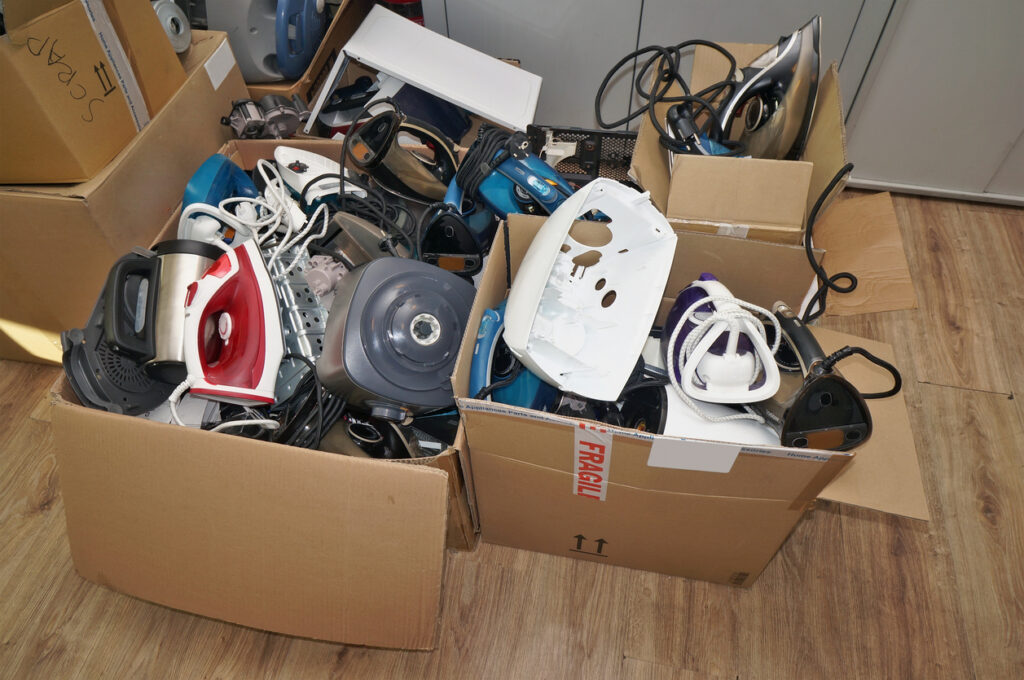
Broken household appliances often harbor issues that impede functionality. A fridge missing a shelf or a blender needing repair sits dormant, waiting in vain. Posting such items online misleads buyers, who seek usability, not repair challenges.
Examining repair possibilities might reveal hidden potential, yet disposal may often be the better choice. A recycling program’s appliance collection illustrates responsible paths. Recognizing when an item has reached its end circumscribes waste while preserving valuable resources.
8. Paint cans with dried or solidified contents unsuitable for reuse.
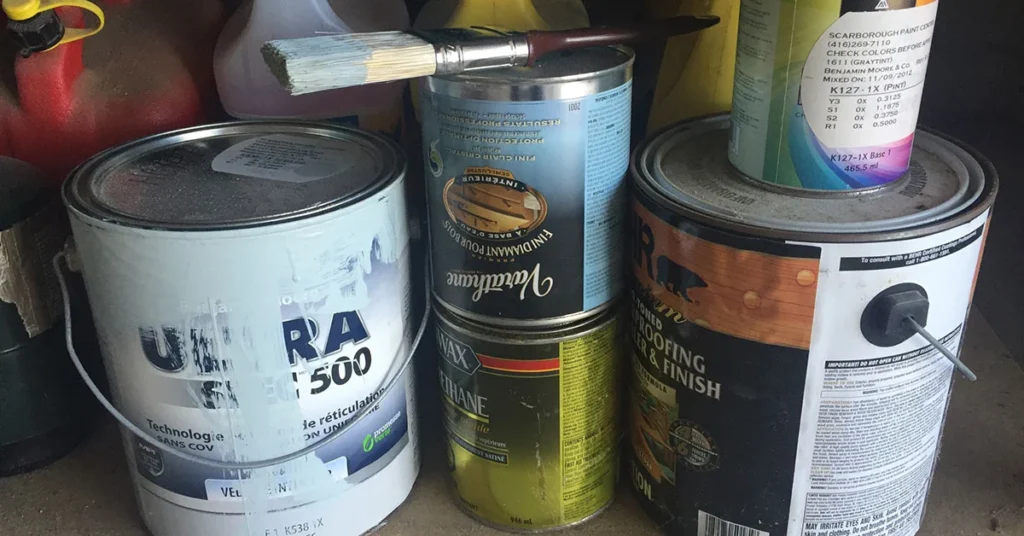
Paint cans hosting hardened paint signal a point of no return. Once bubbly and fresh, the paint dries into a solid mass, defying efforts to revive. Offering it to neighbors deceptively presents an unusable resource, consuming storage instead.
Many recycling centers accept old paint for processing, a useful alternative to closet clutter. A single attempt to salvage once-liquid paint highlights this conundrum. Recycling initiatives protect community space by redirecting unusable ventures into productive efforts.
9. Personal care items that have passed their recommended usage dates.
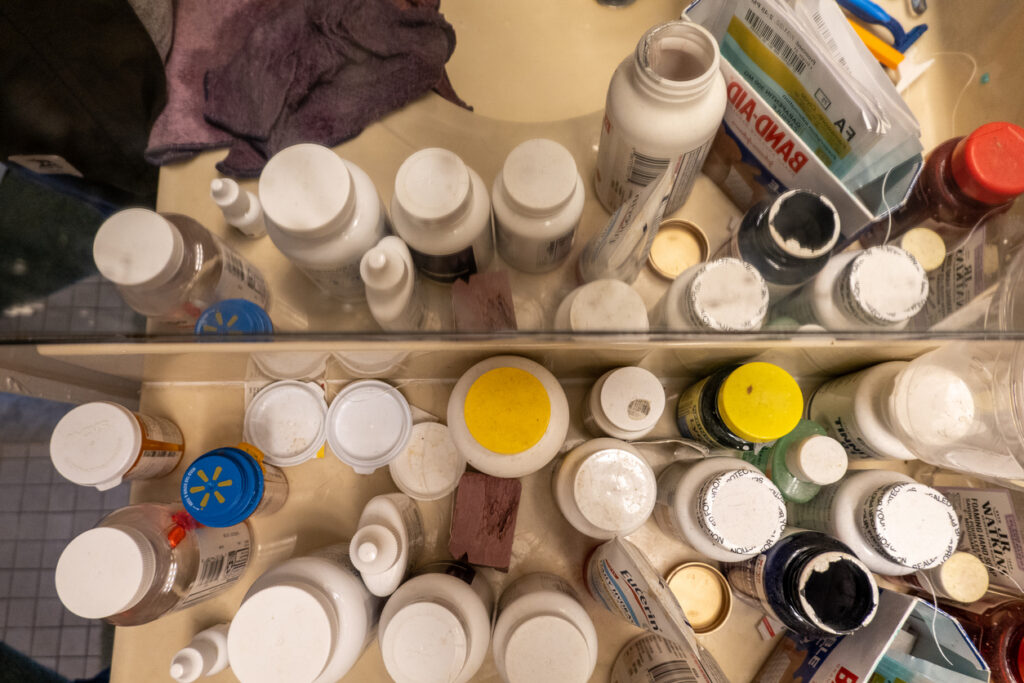
Personal care items past their prime provide little satisfaction. An old bottle of moisturizer or expired sunscreen loses efficacy, inviting frustration rather than rejuvenation. Sharing them compromises credibility, as community members anticipate fresh, not forgotten, products.
Exploring expiration dates promotes informed decisions, unclogging shelves in the process. Nearby disposal bins specialize in cosmetics recycling, crafting solutions that complement personal decluttering efforts. Supporting communal respect hinges on a shared expectation of quality.
10. Moldy books or paper products that contribute to indoor allergens.

Moldy books bring more than literary losses, inviting indoor allergens without invitation. A novel may sit on a damp windowsill, gathering spores harmful to sensitive readers. Spreading the mold exaggerates these issues, proliferating allergens unintentionally.
Specific recycling workflows dismantle and repurpose materials safely. Respecting personal health underlies these practices, evident as books head towards designated facilities. Filtering belongings before offering a hand-me-down stack maintains integrity, minus the moldy surprises.
11. Used bedding with irreversible odors or infestations.

Used bedding beset by odors or insect troubles presents a transactional dead-end. Sleep essentials suffer over time, developing conditions that defy simple washes. Descriptions fall short when underlying smells or infestations elude straightforward solutions.
Yard sales or online marketplaces informally discourage trading such items. Protecting self and community from pest proliferation advances communal welfare. Awareness of this possibility strengthens disposal strategies, encouraging cleaner, more conscientious exchanges.
12. Old children’s toys with missing parts or possible hazards.
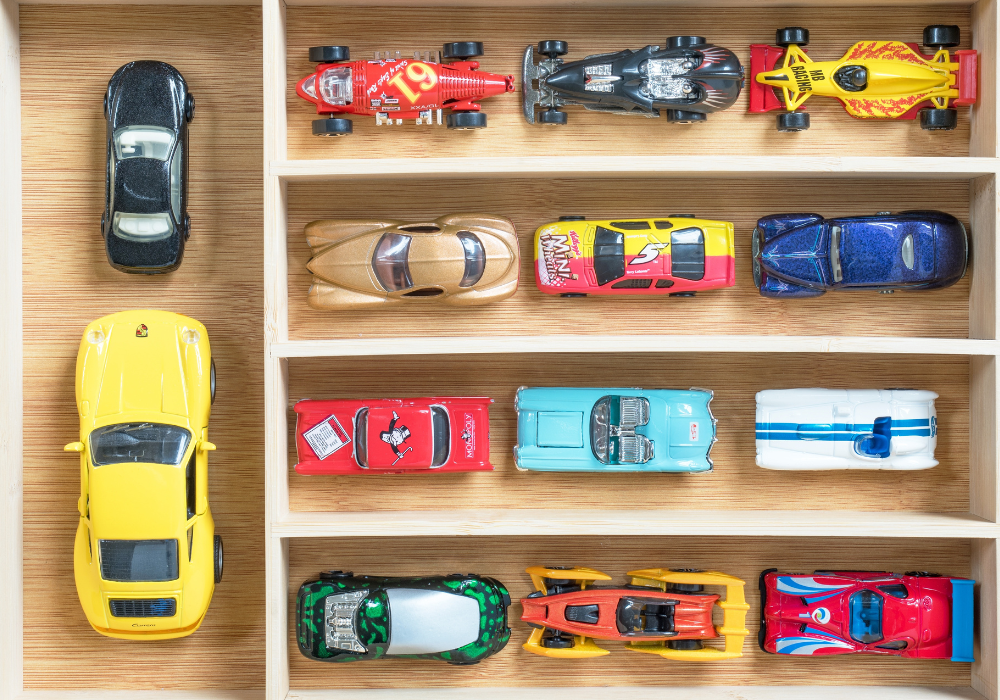
Old children’s toys missing parts pose unexpected dangers. A winding track remains incomplete without all pieces, diverting fun into frustration. Online postings fail to account for these limitations, misrepresenting what a toy can truly do.
Confirming functionality before any handoff creates smooth experiences. Swapping platforms emphasize completeness, ensuring satisfaction across exchanges. Prioritizing whole toys nurtures enthusiasm, sustaining happiness without unfortunate surprises arising from inadequacies.
13. Stained Sofa You Would Never Sit On
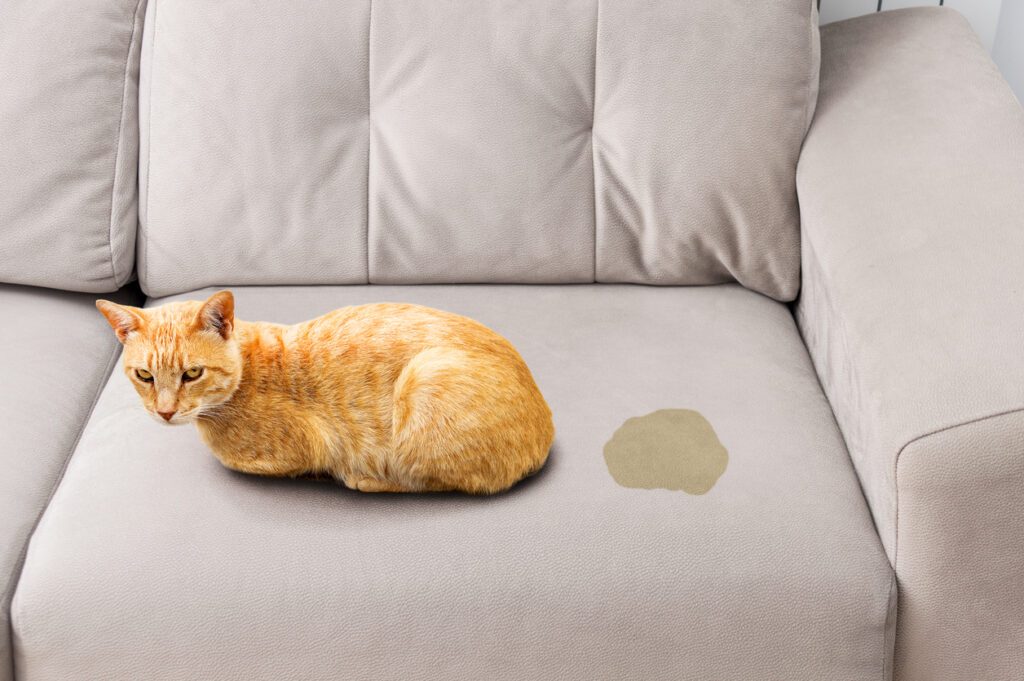
You know the one — the sofa with the ghostly ring-shaped stain and springs that have started staging an escape through the fabric. Even if the frame is sturdy, donation centers won’t take upholstered furniture that’s dirty or damaged, says Anthony Ongaro of Break the Twitch. They simply don’t have the resources to scrub out stains, patch torn seams, or reupholster sagging cushions.
Instead of trying to give it away, look for a furniture recycling program that disassembles items into recyclable parts, or call a junk-removal service that handles disposal responsibly. If you’re the DIY type, you could even salvage the wooden legs, metal springs, or foam for another project. But whatever you do, don’t load that couch onto a donation truck — no one’s signing up for that fixer-upper.
